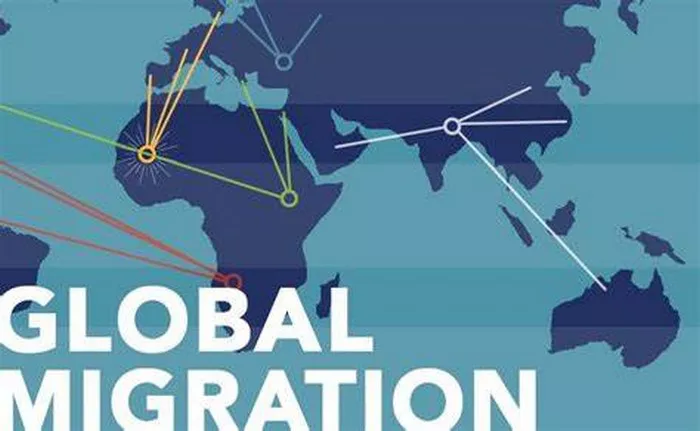Immigration is a multifaceted phenomenon that has been shaping societies for centuries. As individuals and families migrate from one country to another in pursuit of better opportunities, they bring with them a myriad of benefits and challenges. In this article, we delve into the advantages and disadvantages of immigration, exploring its impact on economies, cultures, and societies worldwide.
Advantages of Immigration
1. Economic Growth: One of the most significant advantages of immigration is its contribution to economic growth. Immigrants often fill essential roles in labor markets where there are shortages of skilled workers. They bring diverse skill sets and perspectives, which can drive innovation and productivity. Additionally, immigrants often start businesses, create jobs, and contribute to consumer spending, stimulating economic activity.
2. Demographic Balance: Immigration plays a crucial role in maintaining demographic balance, particularly in countries with aging populations and low birth rates. By replenishing the labor force and supporting social welfare programs, immigrants help sustain economic stability and ensure the continuity of essential services such as healthcare and pensions.
3. Cultural Enrichment: Immigration enriches the cultural fabric of societies by introducing new traditions, languages, cuisines, and perspectives. Cultural diversity fosters creativity, tolerance, and social cohesion, enhancing the vibrancy and dynamism of communities. Exposure to different cultures broadens individuals’ horizons and promotes cross-cultural understanding, contributing to a more interconnected global society.
4. Innovation and Entrepreneurship: Immigrants are often at the forefront of innovation and entrepreneurship, driving technological advancements and economic prosperity. Many successful companies, such as Google, Tesla, and Intel, were founded or co-founded by immigrants. Their entrepreneurial spirit, coupled with their determination to succeed, fuels economic growth and creates opportunities for both native-born and immigrant populations.
5. Labor Market Flexibility: Immigration provides flexibility in labor markets by filling gaps in industries with labor shortages. Immigrants are often willing to take on jobs that native-born workers may not find desirable, such as agricultural or low-skilled labor. This flexibility allows businesses to remain competitive and responsive to changing market demands, ultimately benefiting the economy as a whole.
Disadvantages of Immigration
1. Strain on Public Services: Immigration can strain public services such as healthcare, education, and social welfare programs, particularly in regions with high immigrant concentrations. Increased demand for services may lead to overcrowded schools, longer wait times for healthcare, and stretched social assistance programs, putting pressure on government budgets and resources.
2. Cultural Clashes: While cultural diversity is celebrated, immigration can also lead to cultural clashes and tensions within communities. Differences in language, religion, and social norms may create misunderstandings or conflicts, leading to social fragmentation and polarization. Assimilation challenges may arise as immigrants strive to preserve their cultural identity while integrating into their adopted society.
3. Job Competition: Immigration can create competition for jobs, especially in sectors with high immigrant participation. Native-born workers may perceive immigrants as threats to their employment prospects, leading to resentment and xenophobia. Additionally, immigrants may be vulnerable to exploitation and lower wages, driving down labor standards and exacerbating income inequality.
4. Strain on Infrastructure: Rapid population growth due to immigration can strain infrastructure and natural resources, leading to environmental degradation and urban sprawl. Increased demand for housing, transportation, and utilities may outpace infrastructure development, resulting in congestion, pollution, and pressure on public services. Sustainable planning and investment are essential to mitigate these challenges.
5. Social Cohesion Challenges: Immigration can challenge social cohesion and national identity, particularly in culturally homogeneous societies. Concerns about assimilation, integration, and the preservation of national values may arise as immigration rates increase. Governments must implement inclusive policies and promote intercultural dialogue to foster social cohesion and mitigate tensions.
Conclusion
In conclusion, immigration is a complex phenomenon with both advantages and disadvantages. While it fuels economic growth, cultural enrichment, and innovation, it also presents challenges such as strain on public services, cultural clashes, and job competition. Addressing these challenges requires a comprehensive approach that balances the benefits of immigration with the need to mitigate its negative impacts. By promoting inclusivity, fostering social cohesion, and investing in education and infrastructure, societies can harness the potential of immigration while building resilient and prosperous communities for all.


